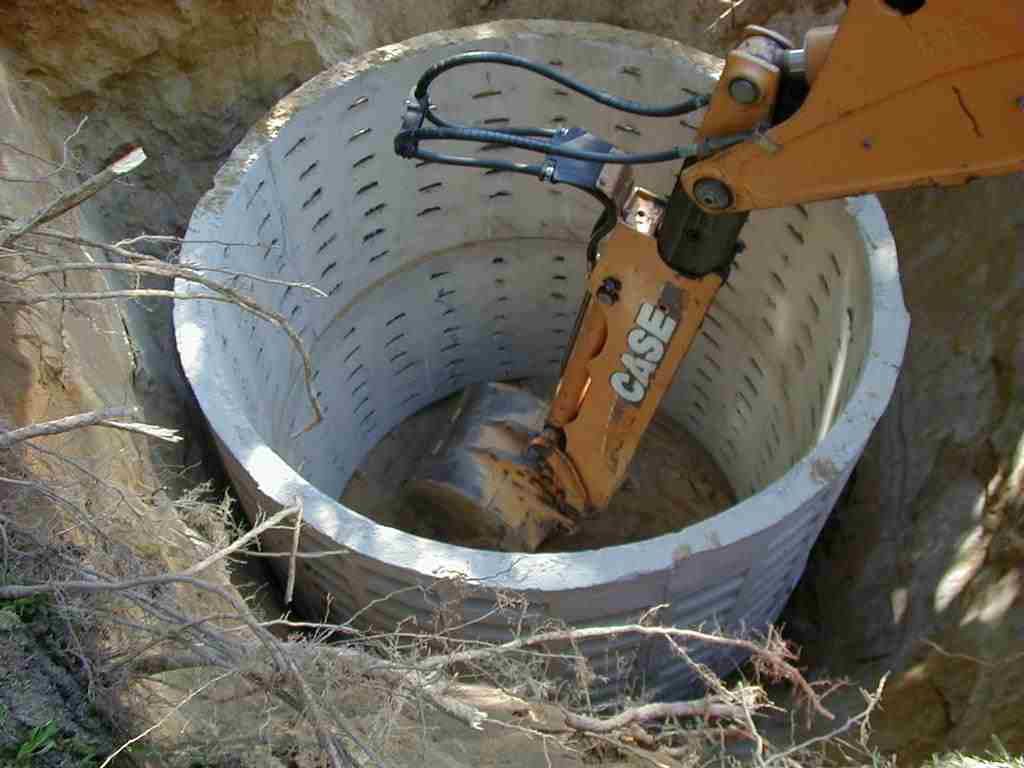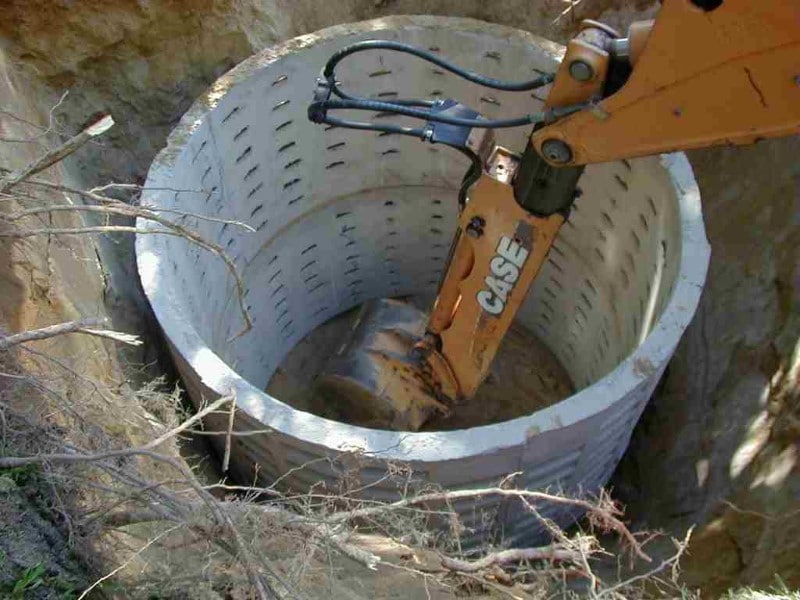
1. Soil Conditions. Unsaturated soil is the required soil condition for waste water renovation. In this condition, the soil is effectively permeable so that water can move through and beyond the soil profile. The rate at which the soil percolates and the amount of water (ground water or surface water) that affect the soil absorption area greatly affects the condition of a cesspit system. Information about soil depth and permeability in relation to the amount of wastewater produced should be considered in planning the design of the soil adsorption system.
2. How the cesspit Tank is used. This includes the level of wastewater usage and what materials are drained down the cesspit system. The amount of water affects the capacity of the absorption field; a lesser amount of water reduces the load of the field. Homeowners should also take note of the items being flushed down the system. Chemicals and non biodegradable materials should be avoided as they reduce the solid build-up rate in the cesspit tank and may result to system clogging which eventually leads to the system’s failure.
3. Cesspit Pumping Frequency. It is ideal to have the cesspit system pumped every 1 to 3 years depending on the number of persons using the system and the amount of waste that goes into it. Regular pumping helps avoid the tendency of solids to go down the drain field which causes clogging. Having the cesspit tank cleaned or pumped in schedule is the most significant step a homeowner should take to prevent failure of the system and extending its life.
4. Cesspit Tank Materials. As with every other infrastructure, the kind and quality of materials used in the construction greatly affects its life span. A steel cesspit tank may not be very ideal for it rusts away with age and can deteriorate quickly using caustic materials. It may lose its baffles, which may also lead to drain field clogging. Soil conditions and soil acidity affects the material’s rate of rust. A concrete cesspit system is expected to last more than 40 years, a very long life for a system. However, its life may be shorter if the concrete was poorly-mixed or because of acidic soil. Fiberglass or plastic materials may have similar life span like concrete ones, unless they are damaged mechanically.
5. Cesspit Design and Installation. It is very important for the system to be designed with enough space and suitable type of soil (unsaturated soil as discussed in No. 1) The space requirements depend on the amount of sewage flowing into the system and conditions of the drain field. Failure to properly design the cesspit system may eventually lead to failure of the whole system.
6. Nearby trees or plants. Obviously, the system is placed underground and roots of nearby trees or plants may invade the system components.
While most cesspit systems have a relative lifespan of anywhere between 10 and 80 years, you can extend the life of the system by using common sense and remembering that the system is “breakable”. Some systems can last 80+ years but might experience drainage area issues, requiring the surrounding gravel and soils to be replaced. Overall, attention to maintenance is very important to help prolong the life of the system. Taking the above-mentioned factors into careful consideration would greatly help in assuring the life of the system.
